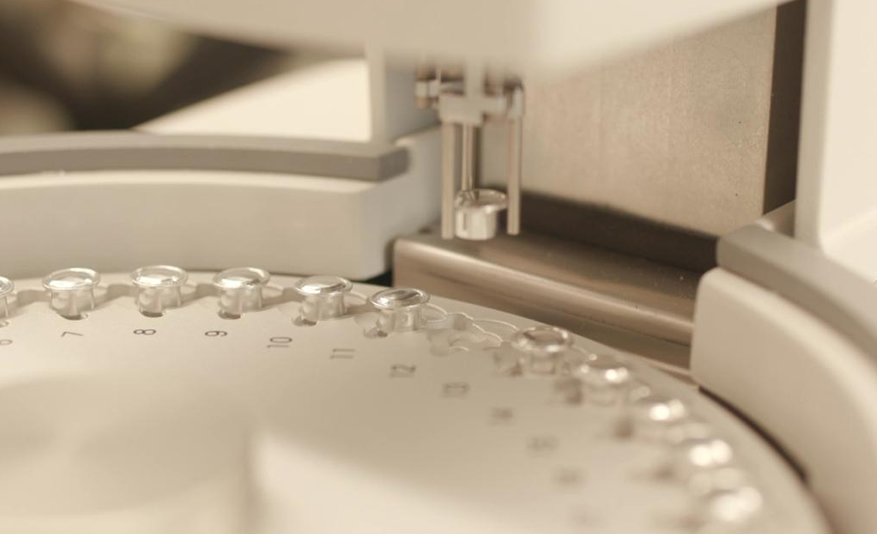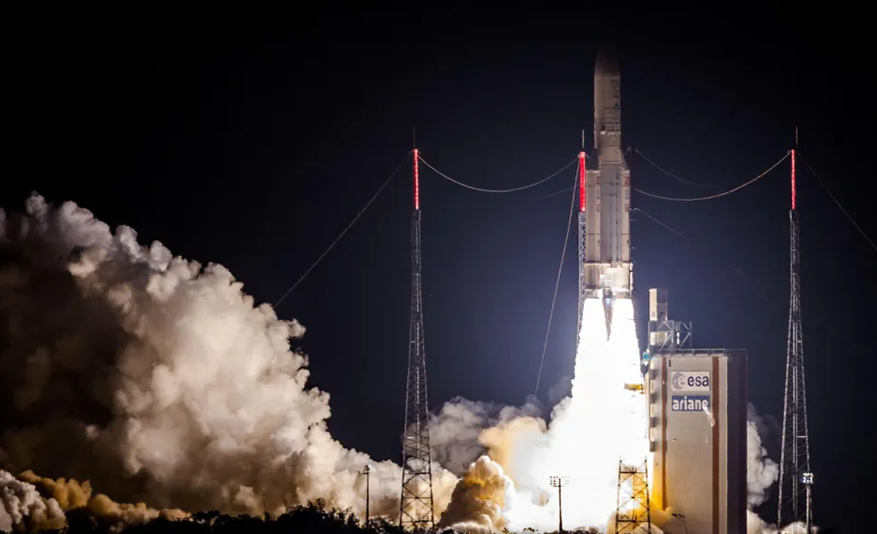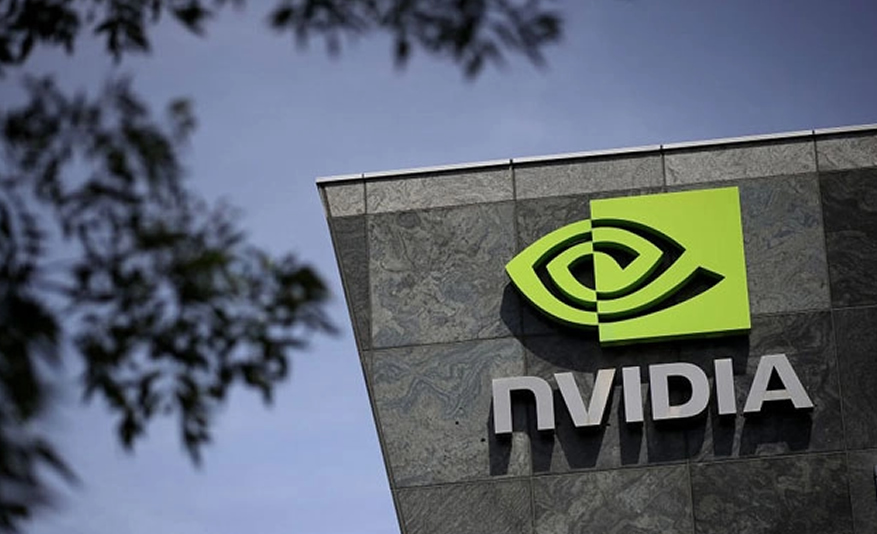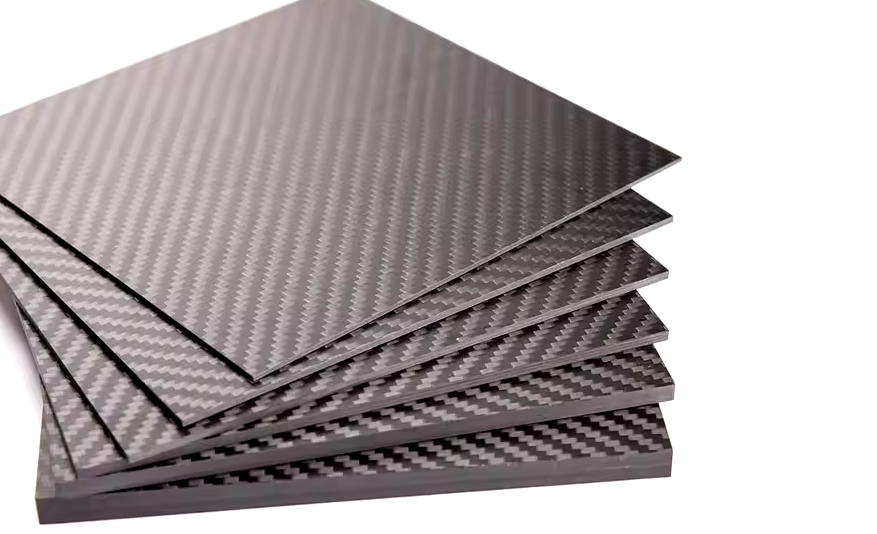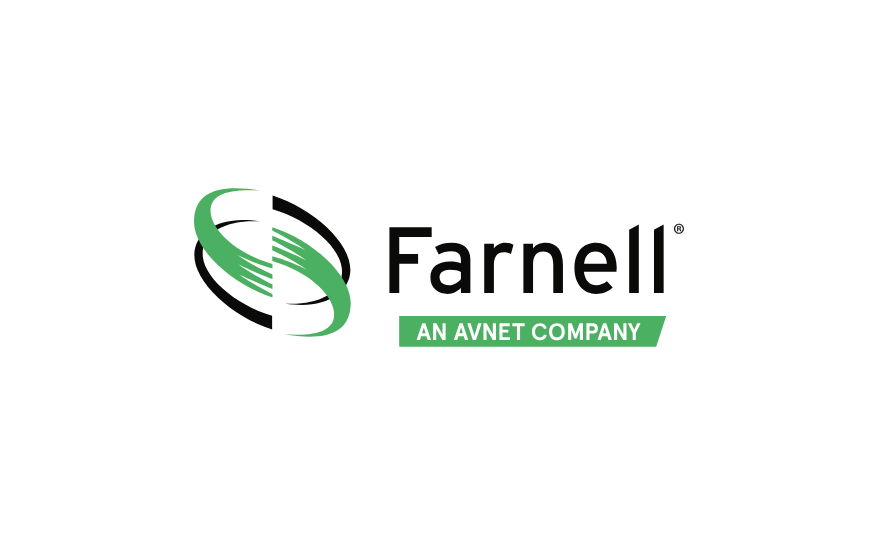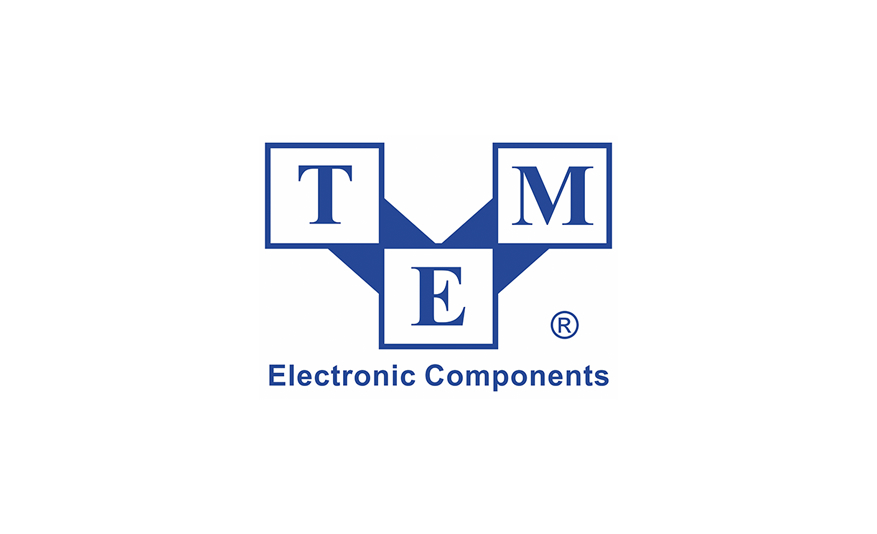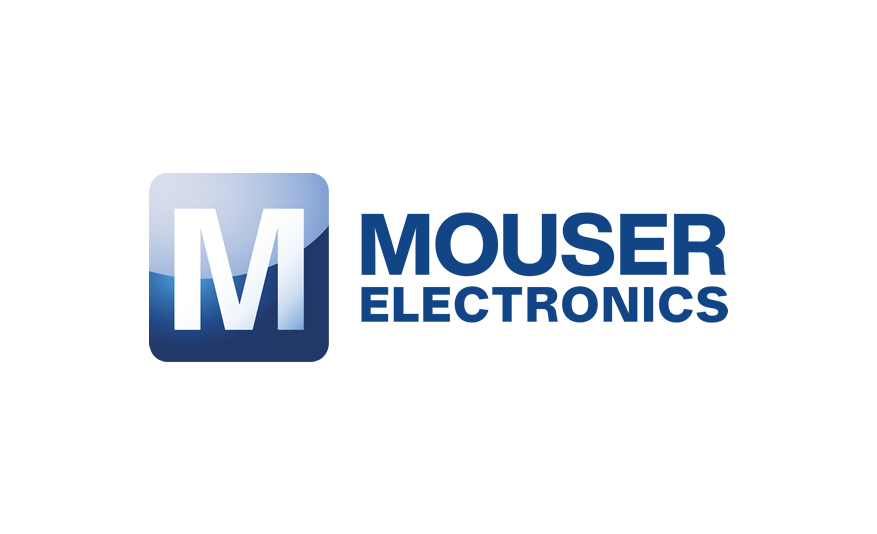Among the many challenges that developers of electric airplanes and eVTOL air taxis face in bringing their aircraft to market, battery technology is perhaps the most widely cited concern. Electric aircraft have unique power and energy requirements, and just about everybody in the industry agrees that the batteries available today are less than ideal for aviation applications.

The pace of new battery development simply hasn’t kept up with industry demands. Eonix, a start-up company based in Knoxville, Tennessee, aims to change that by taking an unconventional approach to battery research and development. Its innovative technique fuses robotics, artificial intelligence (AI), and quantum mechanics to determine the optimal battery chemistry for specific applications and needs.
In the battery space, “a lot of companies are founded on a materials discovery or breakthrough in a laboratory, typically academic, and then they spin out and try to commercialize that, take that to market. We view that as a really flawed process,” Eonix CEO Don DeRosa told AIN.
“A lot of battery companies spend years, hundreds of millions of dollars bringing a new material to market, and they ultimately fail for a litany of reasons,” such as scalability and supply chain issues, DeRosa explained. “We thought that the real problem was that it takes years and hundreds of millions of dollars to figure out if a material is going to work in a battery.”
To speed up the battery development process and find the best possible battery materials for specific applications, such as electric aircraft, Eonix created an end-to-end automated materials discovery platform called Atlas. According to Eonix, Atlas makes the battery R&D process 37 times faster, and it’s about 15 times cheaper than traditional methods.
“Our focus has been reducing the time and cost it takes to design new materials for batteries to solve application-specific problems,” DeRosa said. The Atlas platform “allows us to rapidly review industrially available chemicals and evaluate their efficacy in lithium-ion batteries and other energy storage devices for different applications.”
While the Atlas platform can help to find new materials for various components of a battery, for now, Eonix is focused on liquid electrolytes—the material between a battery’s cathode and anode that facilitates the flow of ions. “We have the platform to evaluate any other material. The thing is, the go-to-market is so much quicker with the liquid electrolyte,” DeRosa explained. Rather than building an entire battery production line from scratch, manufacturers can simply swap out the liquid electrolyte material, which is typically added at the end of the assembly process.
“If somebody has a lithium-ion battery factory right now that's using a liquid electrolyte, they don't have to change any of their tooling. They don't have to change their electrodes, they don't have to change any of their processes. We can design a liquid electrolyte that can be integrated into that manufacturing process, that can adapt it for a different market,” he said. “We're using our platform to design products internally, and then we're partnering with existing manufacturers to bring them to market on our behalf.”
Eonix's system generates and evaluates a list of potential candidates for liquid electrolytes using a computational chemistry platform originally conceived by a software company called Schrödinger, which has been using the technology for pharmaceutical research for decades. Eonix partnered with Schrödinger about two years ago to apply that same technology to battery research.
Schrödinger’s platform does quantum physics calculations to define different properties of molecules and select optimal candidates, which are then inserted into molecular dynamics simulations. That type of simulation is “very computationally expensive,” DeRosa said, but the team has been able to reduce that computational cost by implementing AI and machine-learning algorithms. “We’re generating simulated data on how those solutions behave, and we’re using that data to then train models that have a lower computational cost.”

After suggesting candidate materials based on those simulations, a robot inside a glove box automatically formulates those chemical solutions, providing up to 32 solutions per hour, according to DeRosa. Once a solution is formulated, it “goes through the gauntlet of testing,” using Eonix’s proprietary electrochemical sensor to measure reactions and properties like thermal stability, melting point, surface tension, viscosity, density, and conductivity, he explained. When the researchers find a material that meets the sought-after requirements, they insert it into an existing off-the-shelf battery for further testing.
“We're able to bring in [battery] cells that are 99% of the way manufactured from different facilities around the world, pull them off the shelf, fill them with whatever that candidate is, seal them, and then we have a commercial-grade prototype that's representative of what we could produce at that facility,” DeRosa explained. “It's a very low-weight, frictionless process to go from an AI suggestion all the way to a commercial prototype.”
Supported by government grants and defense contracts, Eonix has already used the Atlas platform to successfully design a nonflammable lithium-ion battery electrolyte that is “drop-in” compatible with batteries manufactured today, and the company accomplished that feat in under four months, thanks to Atlas. It developed that nonflammable electrolyte for graphite anode battery cells that could power the U.S. Army’s next-generation combat vehicle.
Now the company is looking to explore additional applications for the Atlas system. DeRosa said Atlas has garnered interest from at least two eVTOL aircraft developers, as well as some drone companies and defense customers.



